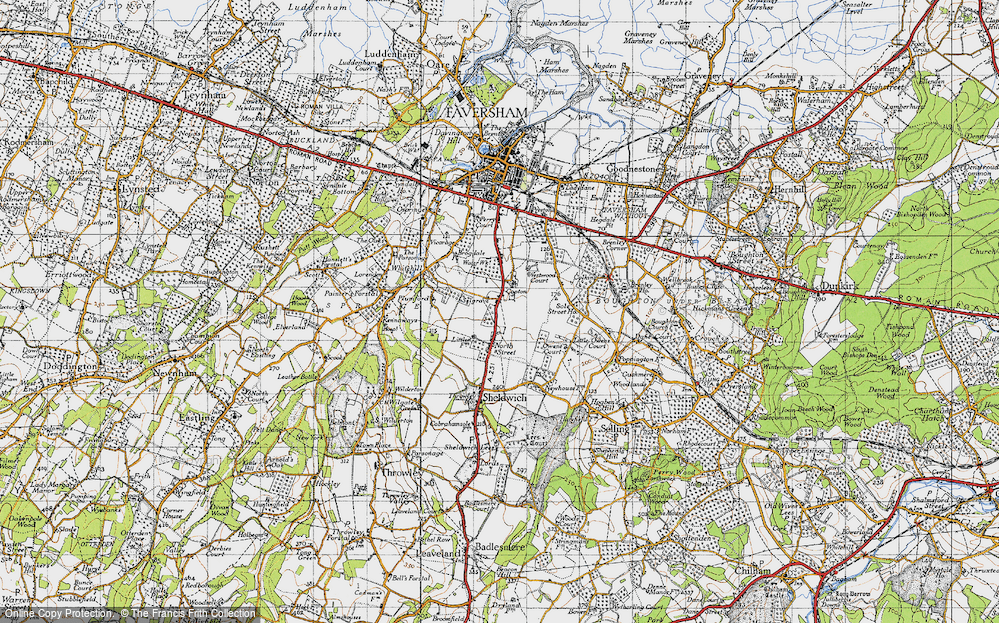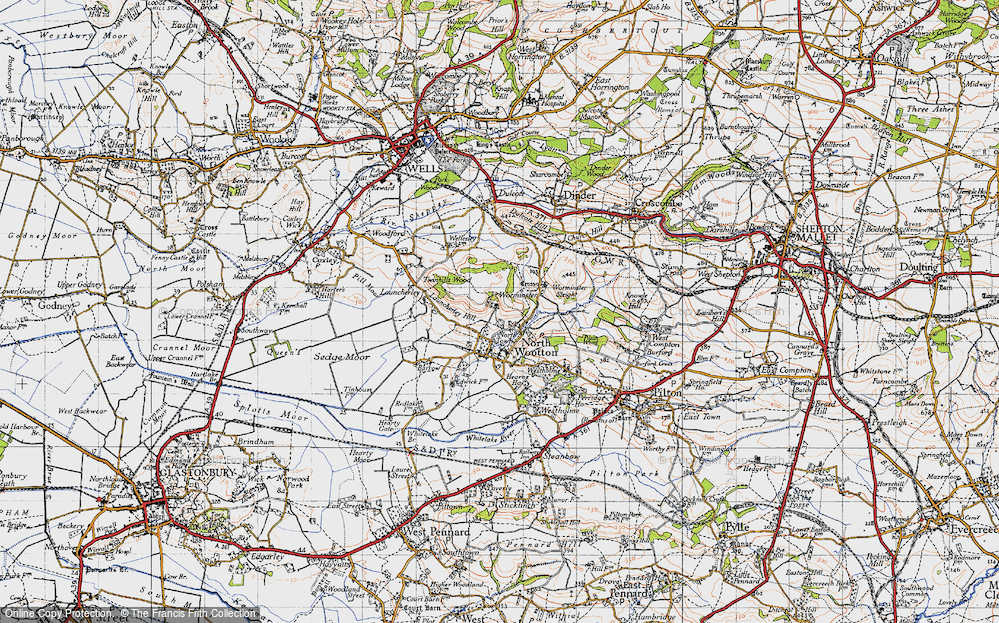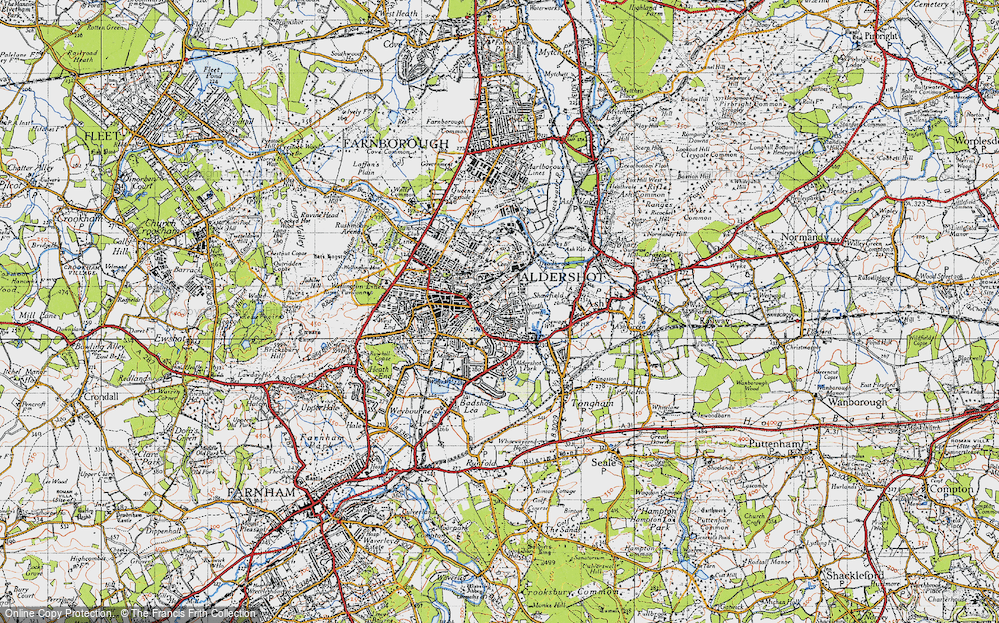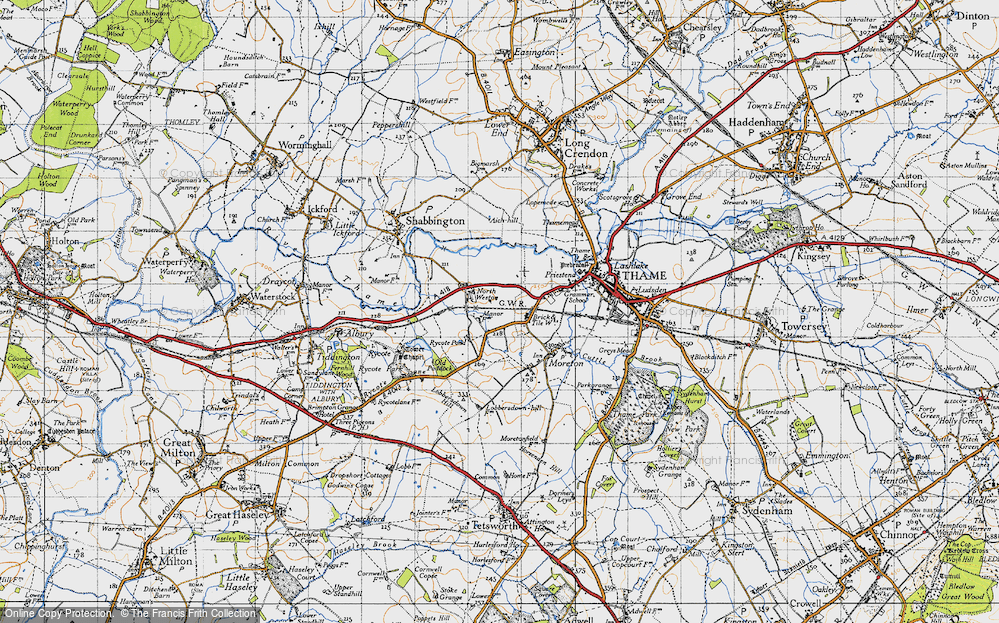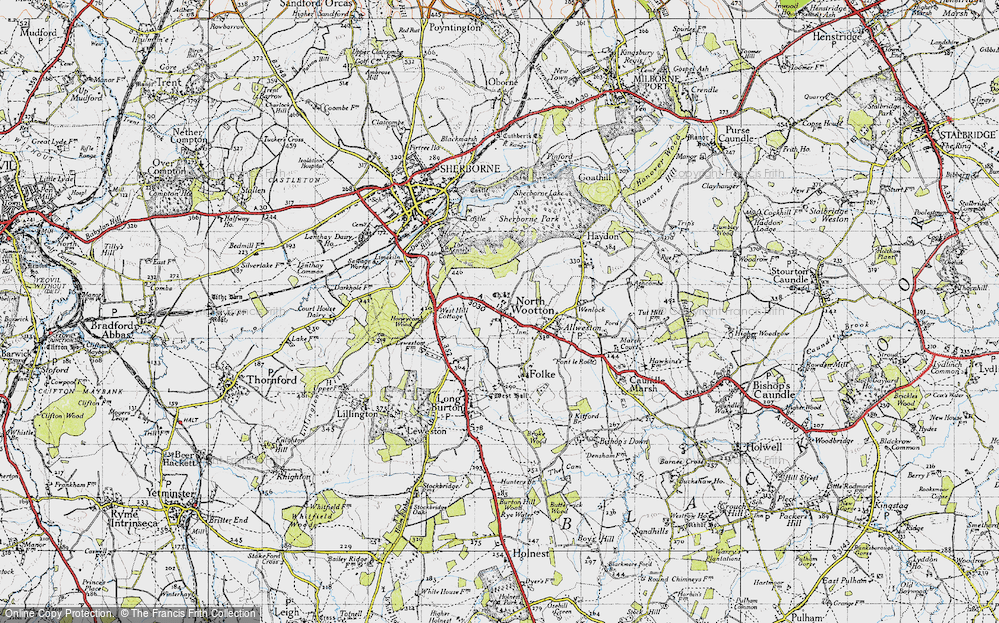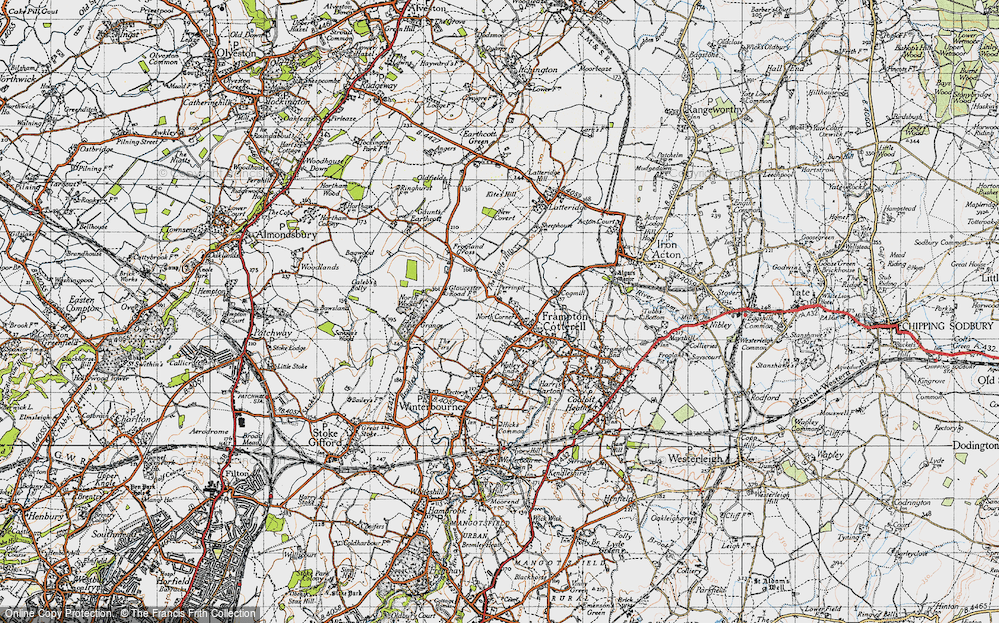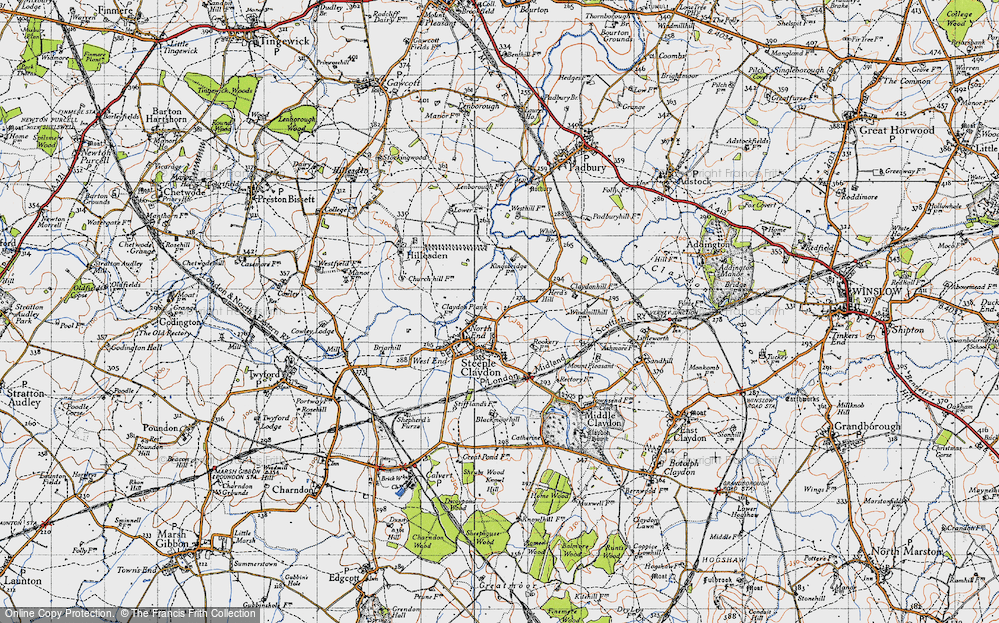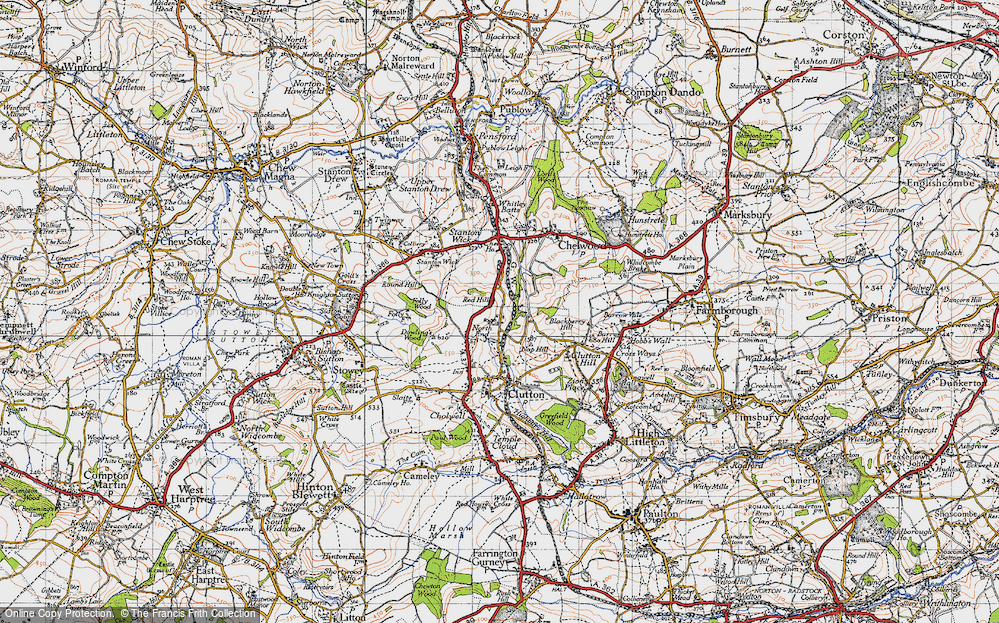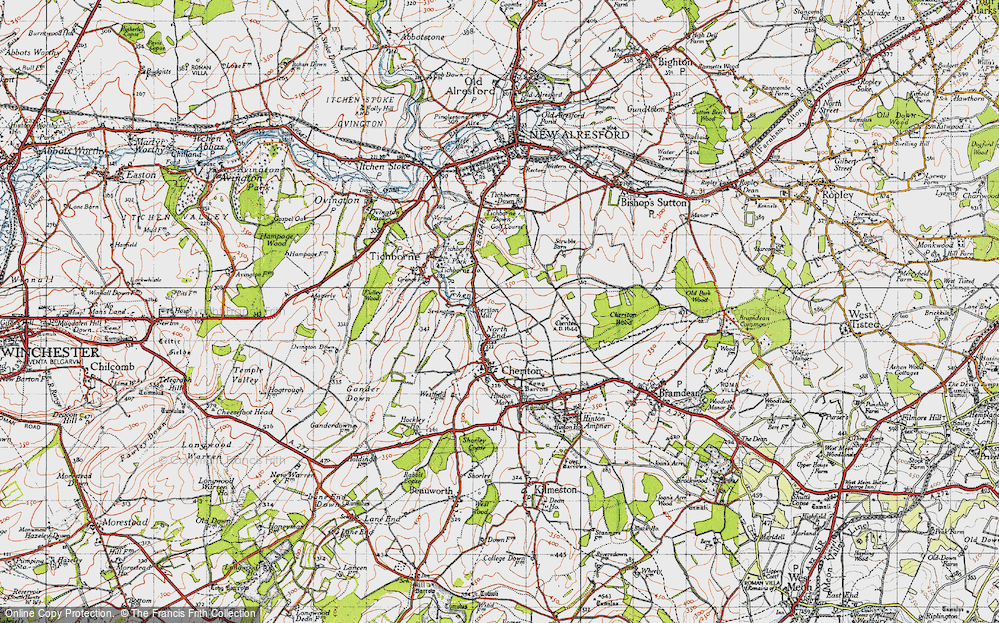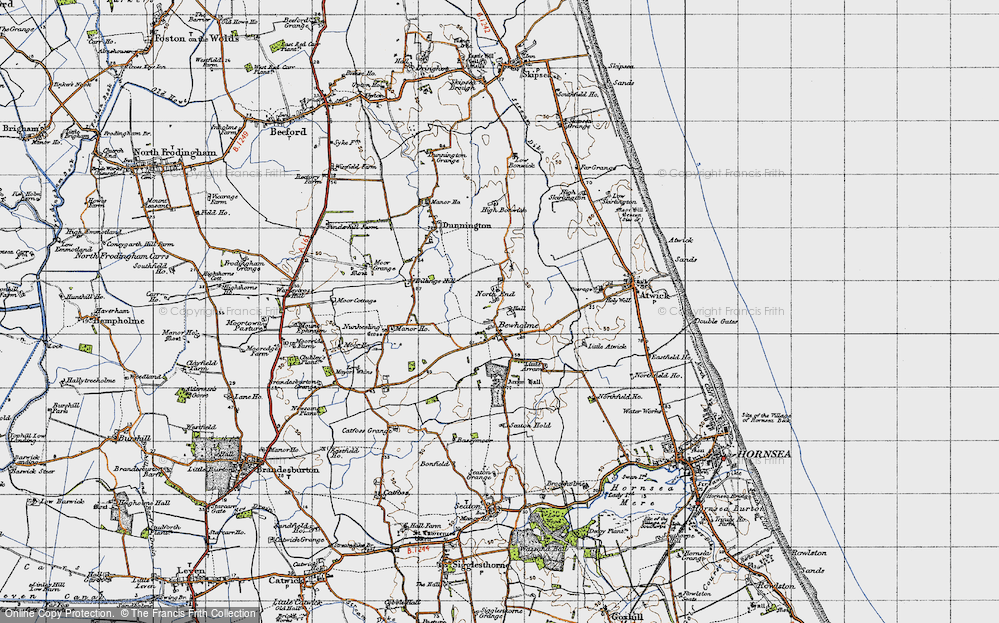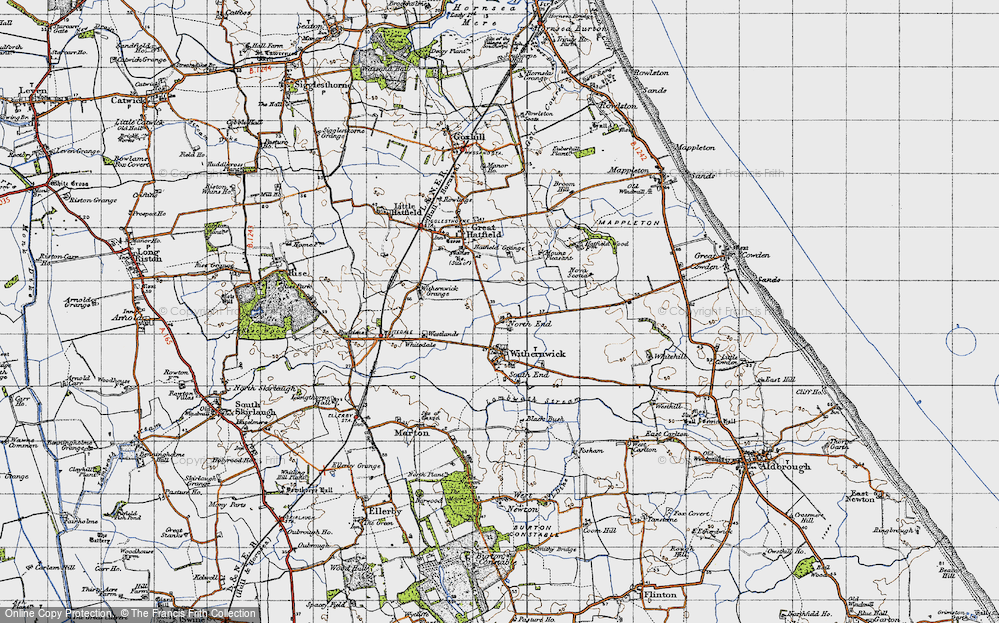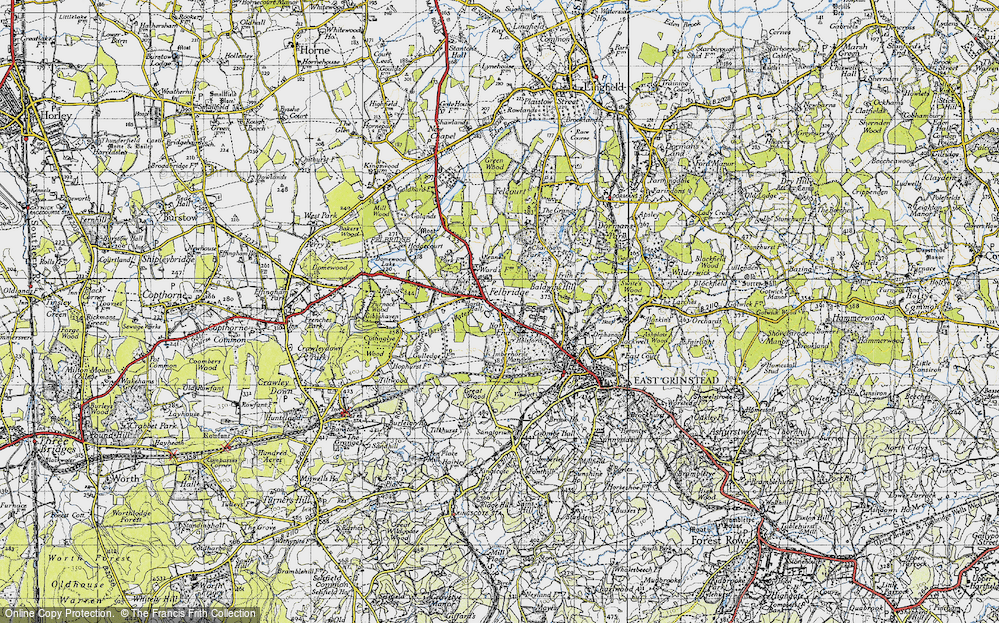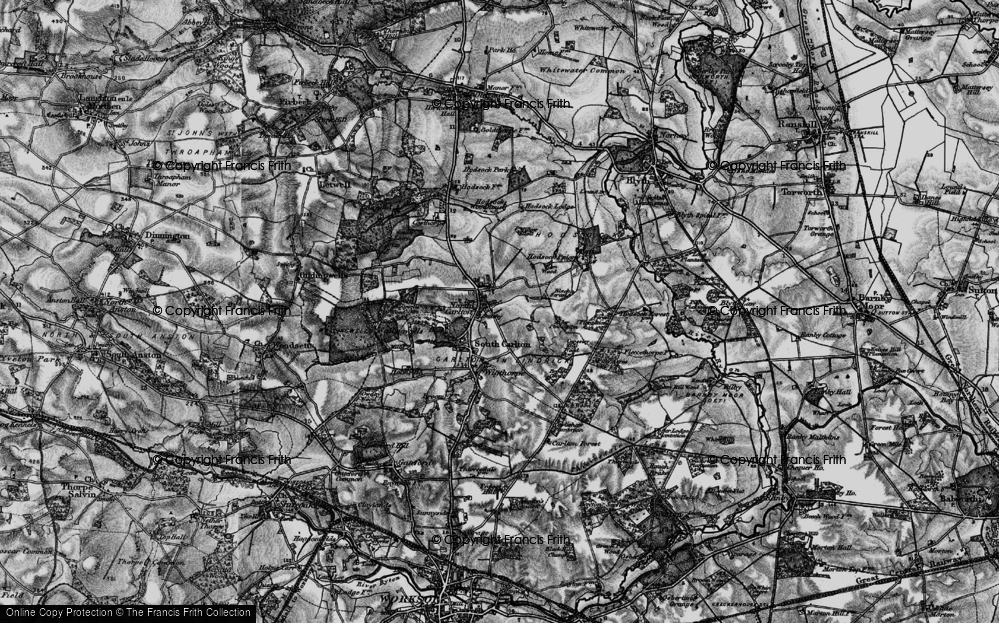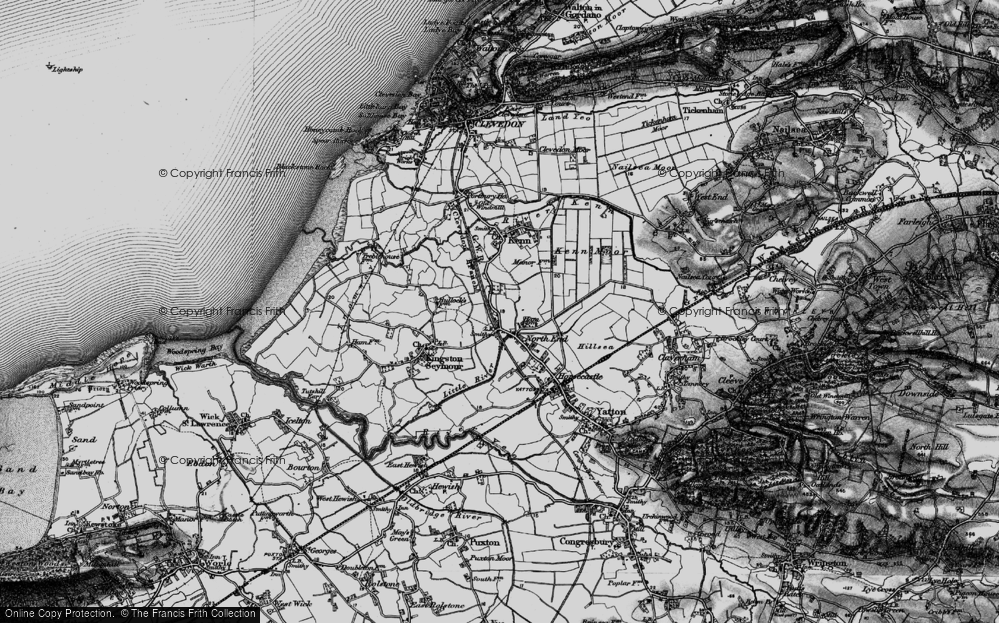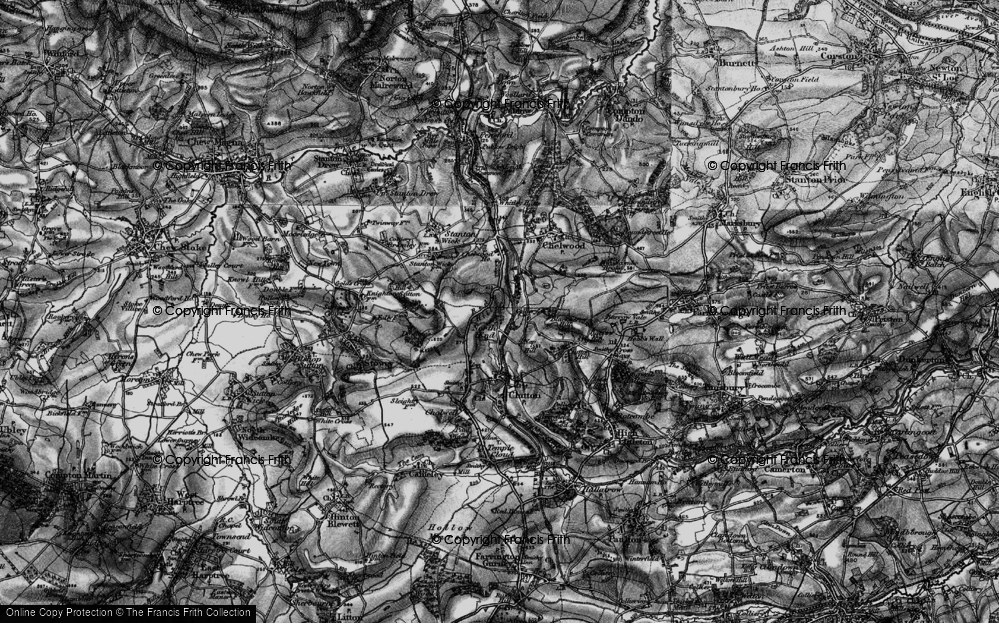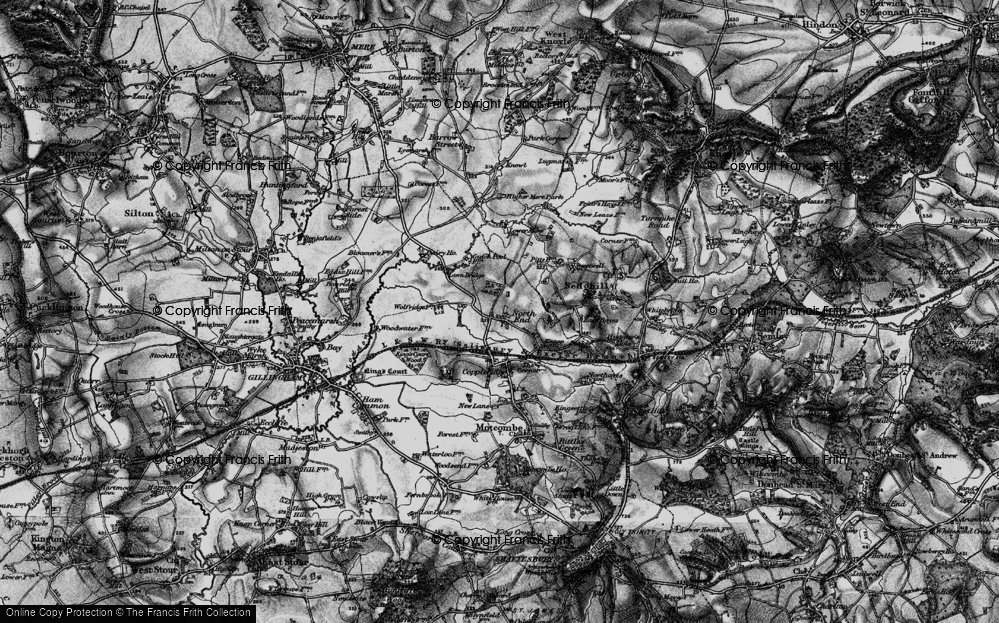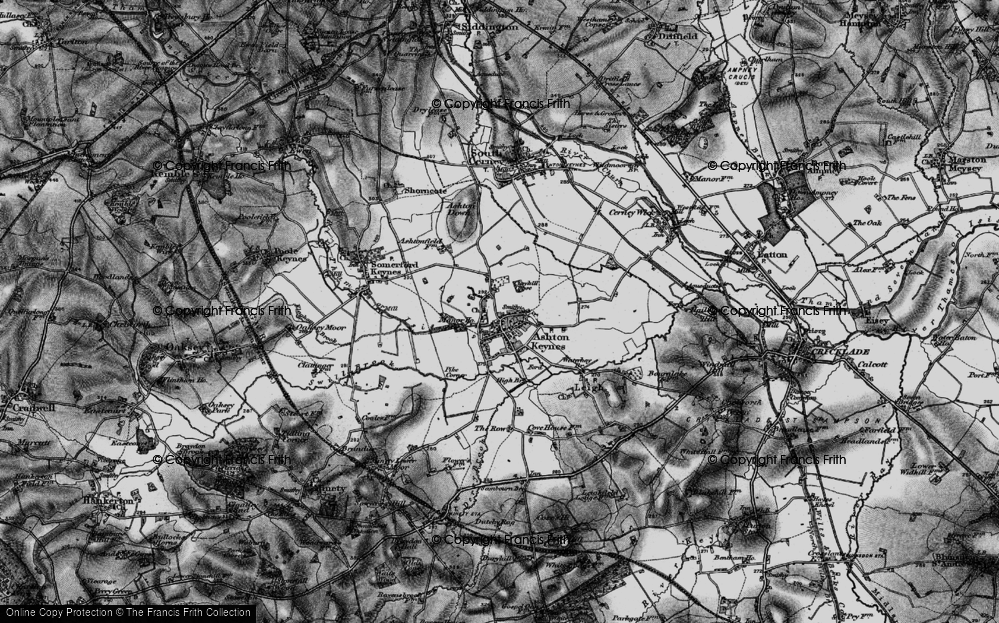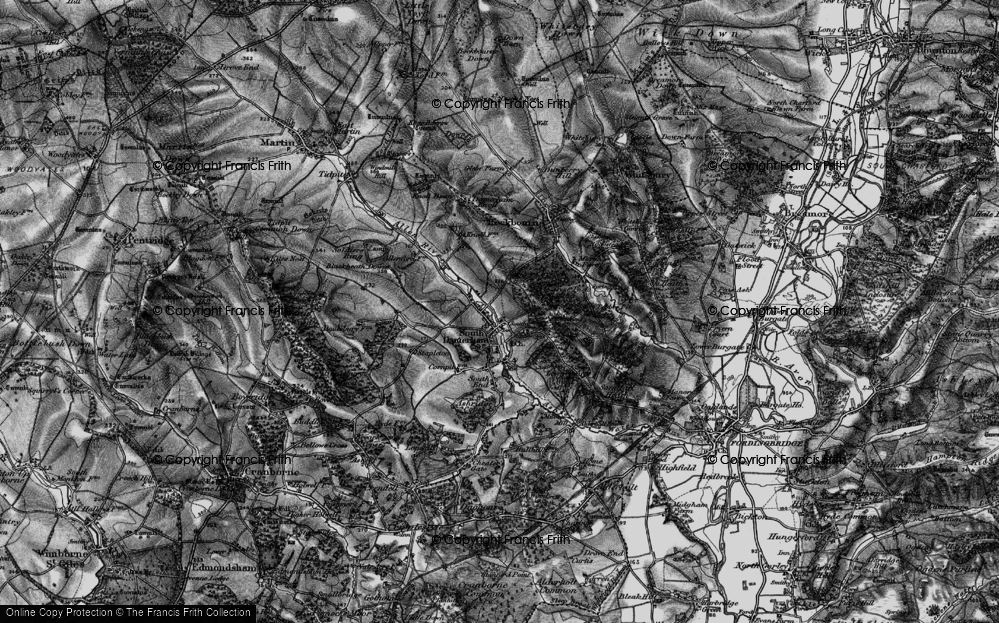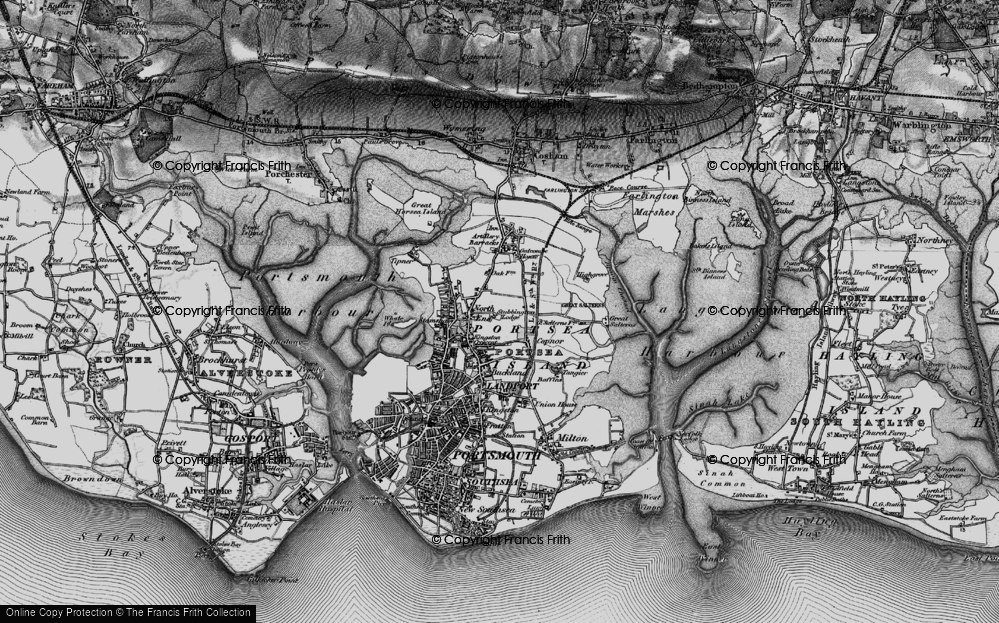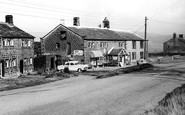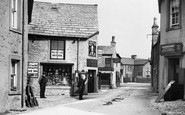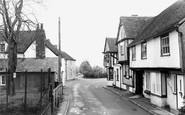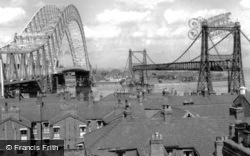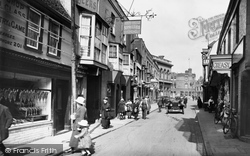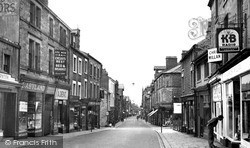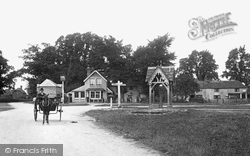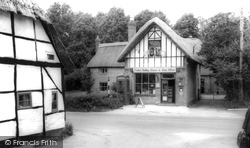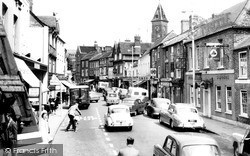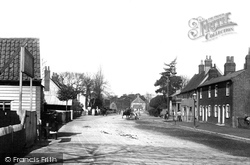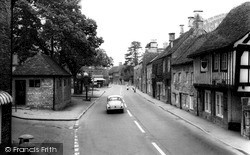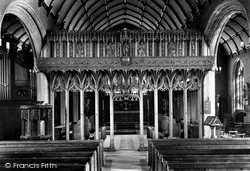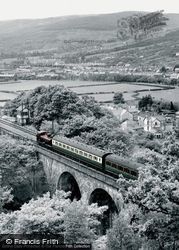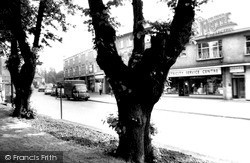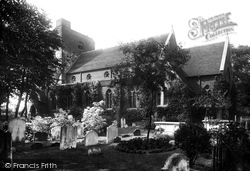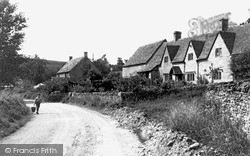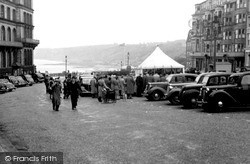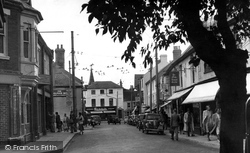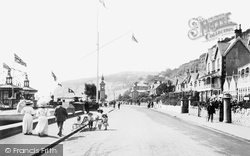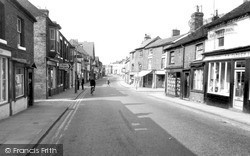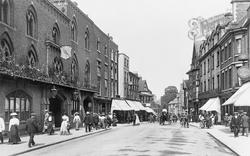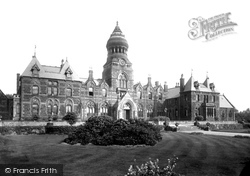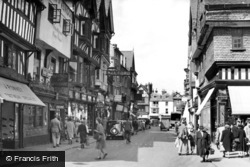Places
Sorry, no places were found that related to your search.
Did you mean: north ness or na h ness or nook ness or nash ness ?
Photos
12 photos found. Showing results 581 to 12.
Maps
9,582 maps found.
Books
29 books found. Showing results 697 to 720.
Memories
4,582 memories found. Showing results 291 to 300.
I Lived Here
This was the first home I ever knew and remains, to this day, the one I hold as the true definition of 'home'. Waterloo House was where I was brought as a newborn in June 1974, and where I lived so happily until 1980 when we were, ...Read more
A memory of Heptonstall in 1974 by
Newspaper Round
It was my first ever job and I think I recieved about five shillings a week. The newsagent I think is still there in Victoria Rd. But I'm talking about 1947. The shop was on the west side of Victoria Rd and the last shop before the ...Read more
A memory of Woolston in 1947 by
An Evacuee 1940 1945 David Bush
I am now 89 but I was only 7 when I was collected from the pavement at the end of Yeo Vale Rd in 1940. I was given shelter at number 41 Carrington Terrace the home of Mr. & Mrs. Gear and their daughter Mary. ...Read more
A memory of Barnstaple by
The Printing Works Premises.
The property on the left of the photograph marked 'Printing Office' is where I grew up and lived until my student days. My parents operated a bakers and confectionery business from the premises. In 1890, when a printing ...Read more
A memory of Ingleton by
Boyhood
I was born in 1922 in Mundford where my Father was the village policeman. We had no motor car, indeed in those days there were not many people who could afford this luxury. The village was small, however it was self-contained and provided ...Read more
A memory of Mundford in 1920 by
My Memories Of Resolven.
The personal views of Resolven expressed in these pages reflect my own fond memories of Resolven, the Vale of Neath and its people. In 1953 I returned to the valley as a teenager, little did I know it was to become my home. I ...Read more
A memory of Resolven by
Fond Holiday Memories
In the summer of 1963 my Dad took my sister (11), brother (4) and me (6) to stay with my Auntie Marie. She lived in the house adjoining the pub. I think it had a name like Penryn and appeared on the front cover of Country ...Read more
A memory of High Easter in 1963 by
Annunciation Infants And St Martins Junior School Burnt Oak 1977 1983
I was born in 1973 and lived in Burnt Oak for 6 lovely years from aged 4 to 10 when we relocated to South London. I attended the Annunciation Primary School and St Martins School ...Read more
A memory of Burnt Oak by
Weekends At Chapel Row
I didn't live in Bucklebury but was born in Cold Ash where I lived prior to moving to Thatcham. Unfortunately my father died as the result of a motor cycle accident when I was eight years old, and social care being what it ...Read more
A memory of Bucklebury by
Born In Saford 5
Lived in Gurner street from 1944 until about 1960. Down one side of the street was Ordsal Hall and on the other, a street with a wonderful sewing shop, owner was a Mrs Cob, it was full of little drawers with embroidery thread, Same ...Read more
A memory of Salford by
Captions
1,673 captions found. Showing results 697 to 720.
It is interesting to compare this photograph with another taken a few years later (R67049 below) after the Transporter Bridge had been demolished.
So, too, was another age: see the Curry's Television van parked in front of the Queen's Head.
The sign above Dent's shop, advertising bed and breakfast for cyclists highlights another difference in lifestyles.
Another iron-making village, situated on a tributary of the River Mole, Leigh (pronounced 'Lye') is centred on this demure, triangular village green with its covered pump.
Another classic English village, Nether Wallop assumed a 1950s feel during the 1980s when it was chosen as one of the key locations in the BBC series Miss Marple.
Bartholomew Street, on the southern side of the town centre, was originally called West Street. This general view shows the street about 40 years ago.
At this time, Felixstowe enjoyed popularity as a seaside resort, but the dream of eccentric local landowner Colonel Tomline to transform the town into a major port had not yet materialised - that was to
The Lamb and Flag Hotel, on the left beside the car, was another old inn which catered for travellers.
Here we see yet another half-timbered inn, the Red Lion, bearing testimony to the importance of the town in medieval and coaching days.
On the left are the pre-Reformation pulpit and the organ, which has 18th-century pipework. Both were restored in the early 1970s.
This superb view of Glyn Neath shows both the railway in the foreground, complete with steam engine, and the rolling hills beyond.
Both man and animal traps were supplied to the landed gentry, and man traps also went to the slave owners in the plantations.
This is yet another parish church in secular use: this one is now the Colchester Arts Centre.
This is yet another parish church in secular use: this one is now the Colchester Arts Centre.
Witts was a 'Squarson' of the old sort, being both the Lord of the Manor and the rector of this lovely village in its exquisite pastoral setting.
It provides a detailed study of both clothing and baby carriages of the period. This spot is at the end of St Nicholas Cliff, looking south over the Valley Road footbridge towards the Spa.
Another view of Whitby, this time showing the Upper Harbour beyond the causeway which leads to the famous 199 steps which lead up to St Mary's Church and the Abbey.
Christchurch has always been a busy town and a favourite place for shopping for both tourists and locals.
In earlier times both the Trent and the Devon were actively fished, sometimes illegally.
A newer Shanklin grew up along the seashore to cater for the demands of both visitors and those who came to settle.
Walking along the street and noting the names of some of the cottages (Shoemakers and Tanners, for example), one is reminded of another important local industry – leather and the production
So too did William Palmer, the Rugeley Poisoner, who began to poison his last victim, John Cook, while they both stayed here.
The Leeds Clergy school and the Roman Catholic Seminary were both opened in 1876.
Almost all the buildings date from the 15th century : note the overhanging upper storeys and the timber framing.
Places (0)
Photos (12)
Memories (4582)
Books (29)
Maps (9582)


